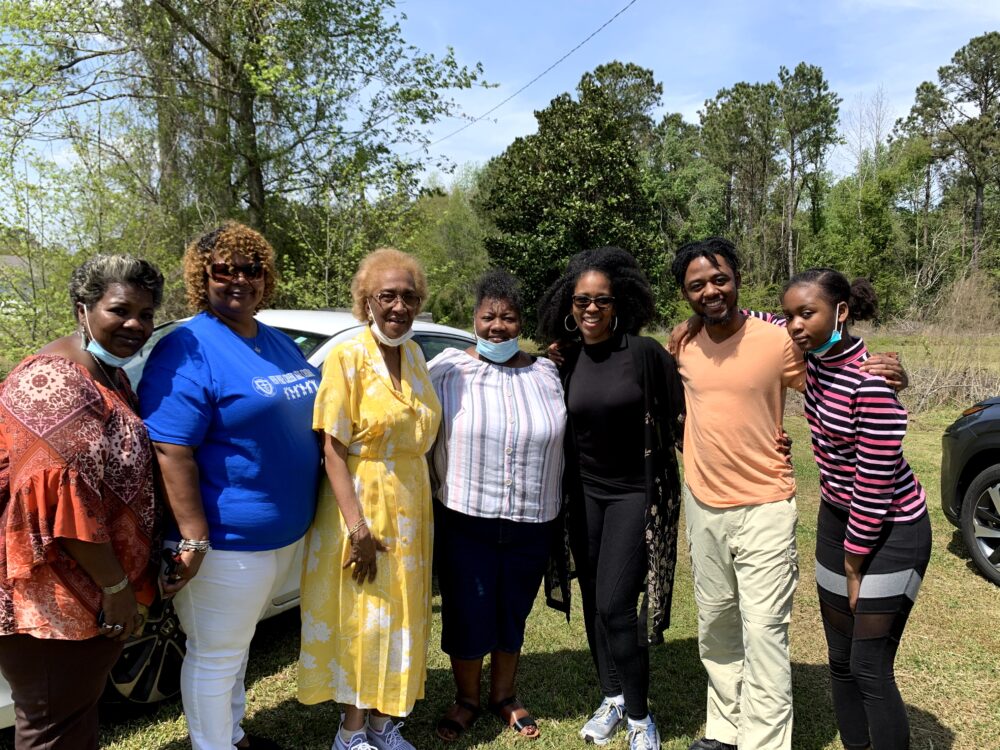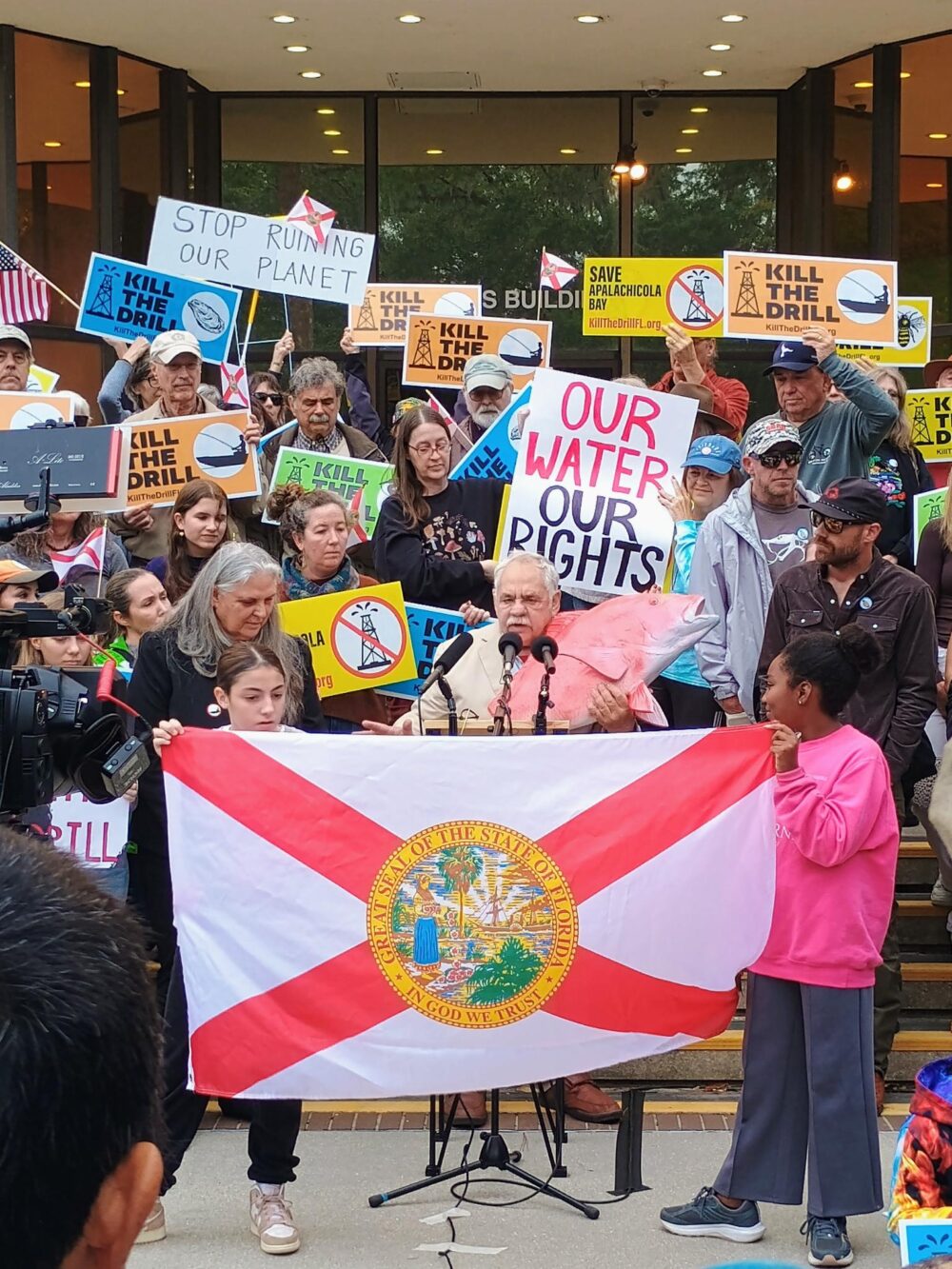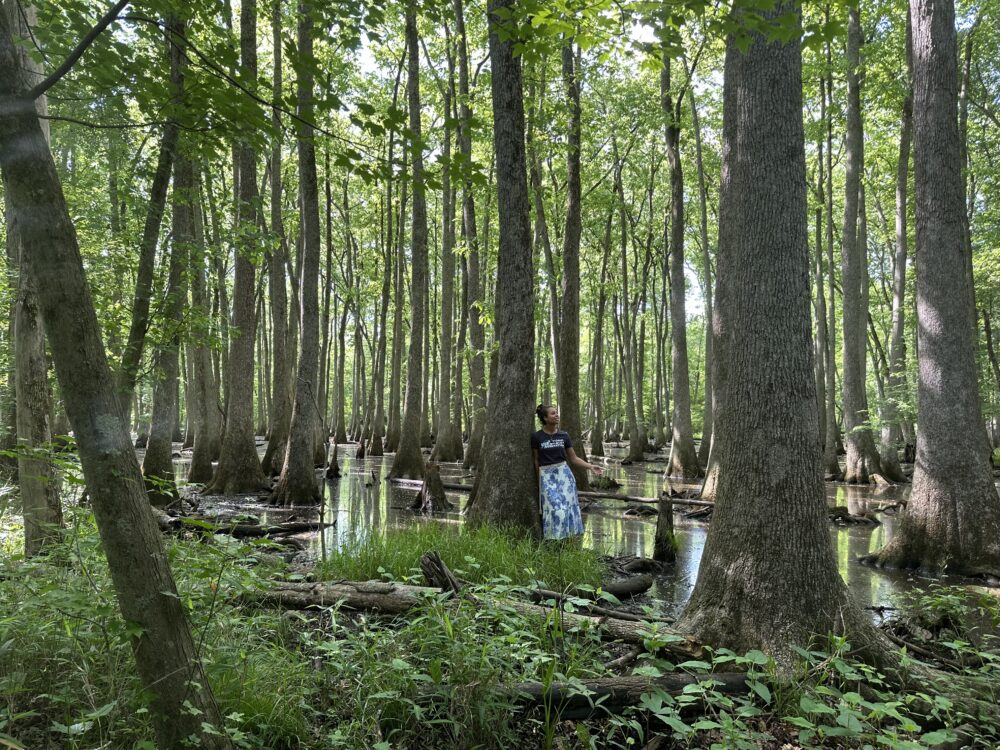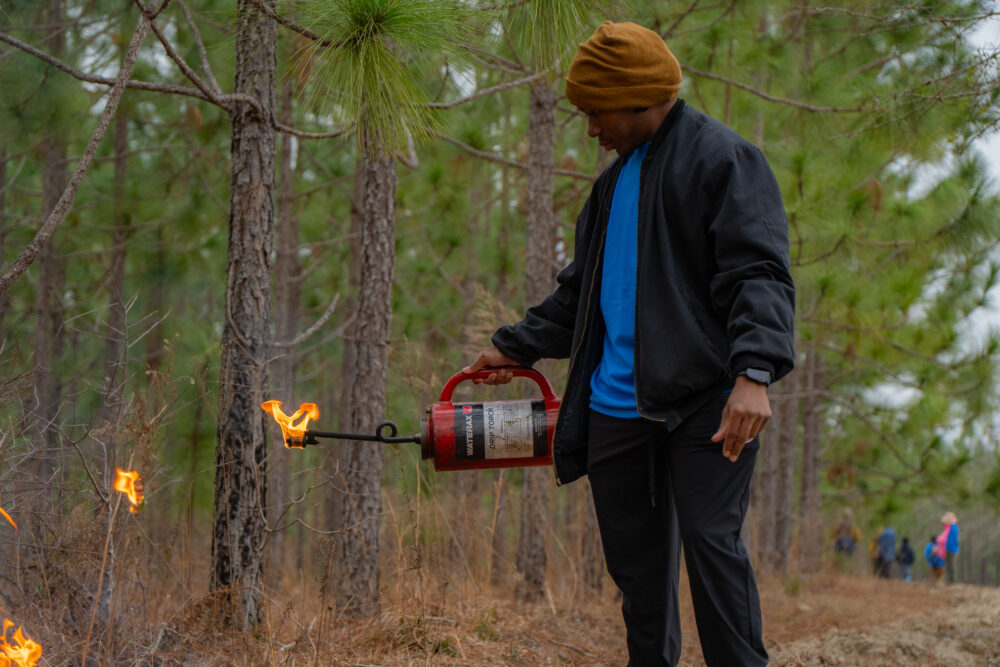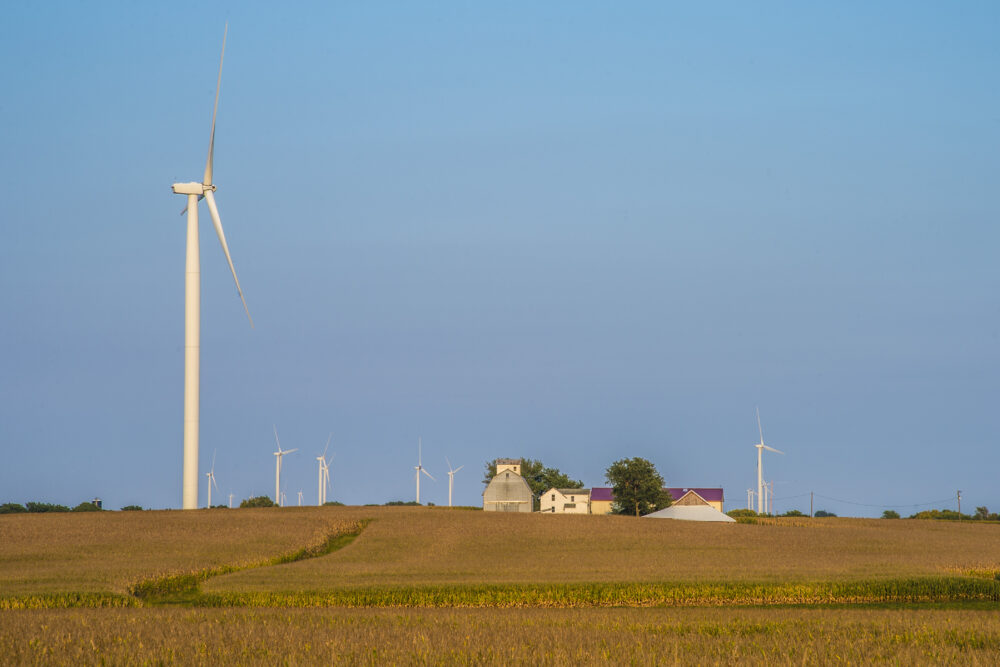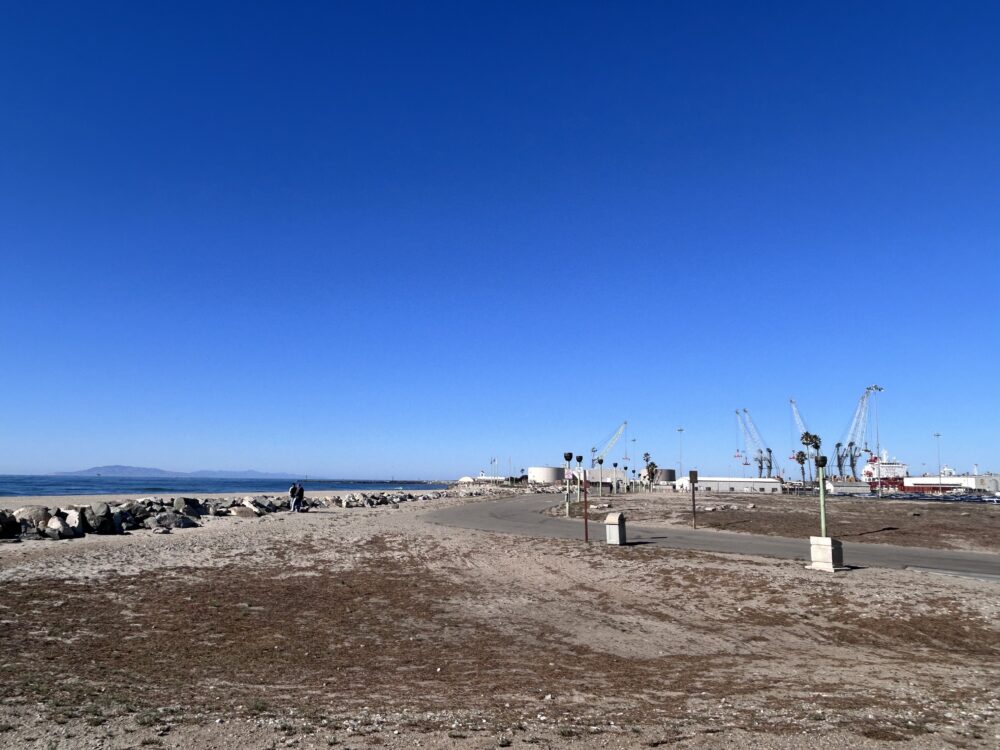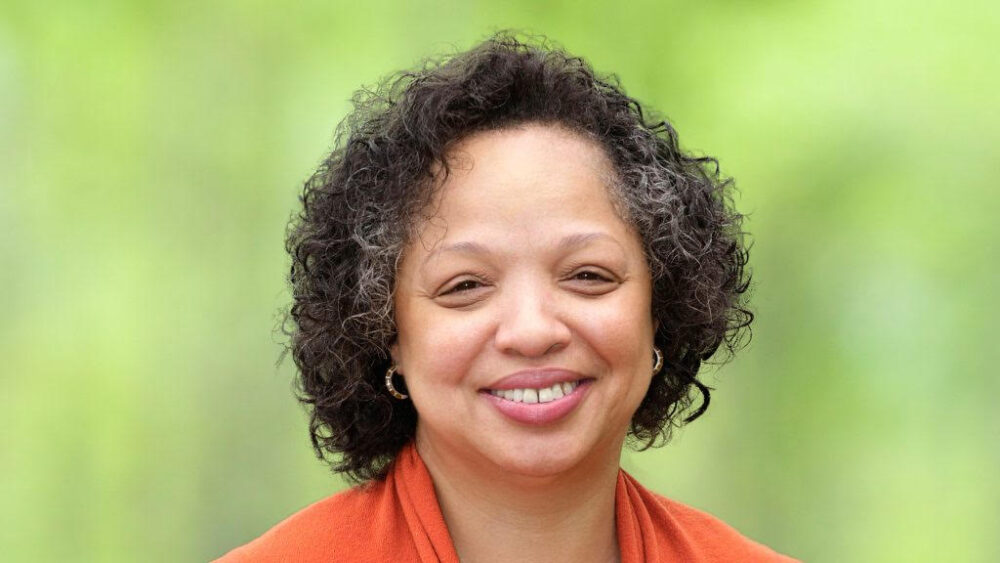We have much more to do and your continued support is needed now more than ever.
Community Benefits Plans: Where do they stand now?

On Martha’s Vineyard, where the Vineyard Wind offshore wind project was being planned, a local nonprofit advocated for community consultation about the project, local employment opportunities, and opportunities for power purchase agreements with the project developer, Vineyard Power. Discussion of these direct benefits to communities might have been far less likely without a community benefit plan (CBP) or community benefits agreement (the legally binding version of a CBP).
CBPs have been around for decades, but gained traction over the last four years as the Department of Energy required all applicants to include a CBP in any DOE project funded by the Infrastructure Investment and Jobs Act (IIJA) or the Inflation Reduction Act (IRA).
A change in administration, however, has brought a change in prominence of CBPs. The DOE is suspending any “diversity, equity, and inclusion programs … Community Benefits Plans, and Justice 40 requirements” in federally funded projects. Exactly what this means for existing DOE-awarded projects with CBPs remains to be seen, especially given ongoing legal challenges to the executive order.
Despite all of this, CBPs remain a powerful tool for communities to advocate for themselves during the development process. No longer requiring Community Benefits Plans and other justice-focused efforts such as Justice40 disempowers those on the ground experiencing the impacts of energy projects by eliminating avenues for collaboration and conversation between communities and project developers.
What is a Community Benefits Plan?
There are no impactless energy development projects. And while clean energy projects are necessary to address climate change and meet the U.S.’s energy demands, they also have real impacts on neighboring communities and wildlife. CBPs are written plans of engagement for project developers, ideally created in partnership with host communities, about how developers will provide measurable benefits to its host and surrounding communities.
Benefits can include things like a workforce agreement in which the developers agree to hire a certain number of local workers from the area, or partnerships with local unions, or pre-apprenticeship programs. It can also include things like pollution mitigation plans, plans to repave roads that may get worn down due to increased use during project construction, or other more targeted opportunities for local economic stimulus.
During the Biden administration, DOE required the inclusion of a CBP in any application for a federally funded project. This was the first time that CBPs were required agency-wide. These plans were weighed as 20 percent of an energy project’s technical scoring, and served as an incentive for project developers to conduct real and meaningful community engagement activities throughout the duration of the project’s life.

Why is engagement important?
Thoughtful community engagement benefits both host communities and project developers. When project developers approach a host community and provide early and frequent opportunities for collaboration, they create a sense of transparency between those coming into the community and those living in it. This helps to build trust between the community and the developer, and contributes to a smoother deployment process for the project over time.
According to a report from Clean Air Task Force, when communities are not consulted and their needs are not taken into account, project timelines tend to be longer, more expensive, and ultimately create an environment of mistrust from the community of future energy projects. Additionally, they found when communities are consulted, projects are deployed more efficiently and provide enough benefits to make communities open to hosting future projects.
When the Pittsburgh Penguins were developing plans for a new stadium, a neighborhood coalition fought for the creation of a community benefit agreement (CBA) for months. The final version included $1 million in financial resources for local residents, and an additional $6 million in tax credits that went towards building a grocery store and a recreation center. This CBA ensured that the stadium developers listened to and met the needs of the host community early in the process and created a more transparent and trusting environment between the developers and the host community.
Community benefit agreements differ from CBPs in that they are often legally binding agreements with a community actor, whether a non-profit, local government or municipality, etc.
It’s also important to note that BIPOC and poor communities tend to be burdened by energy development projects more frequently than white and more affluent communities. Regardless of whether there is a CBA or CBP for projects impacting these communities, this is an injustice that the U.S. is still reckoning with.
What now?
No longer requiring CBPs, or enforcing those already implemented by project developers for DOE-funded projects is a setback for communities, and for transparency and engagement. But there are still some other federally enforced community engagement requirements, including public comment periods, public meetings, formal hearings, or informal workshops that provide a space for community members to share reservations and thoughts about slated projects in their communities.
While this may not be as directly impactful as collaborating with a community or developing legally binding agreements on how the project can be designed with benefits in mind, it is still a space for communities to discuss concerns or offer suggestions to project developers.
Project developers should recognize the benefits of early and frequent collaboration with project host communities—and communities should continue to advocate for CBPs as a tool to ensure they benefit from the potentially disruptive process of a new project development. In the spirit of continued progress towards repairing the harms of those most impacted by the energy system in the U.S., NWF encourages project developers to continue to hold their community engagement strategies to a high standard and impacted communities to continue to use every avenue available to make their voices heard.





